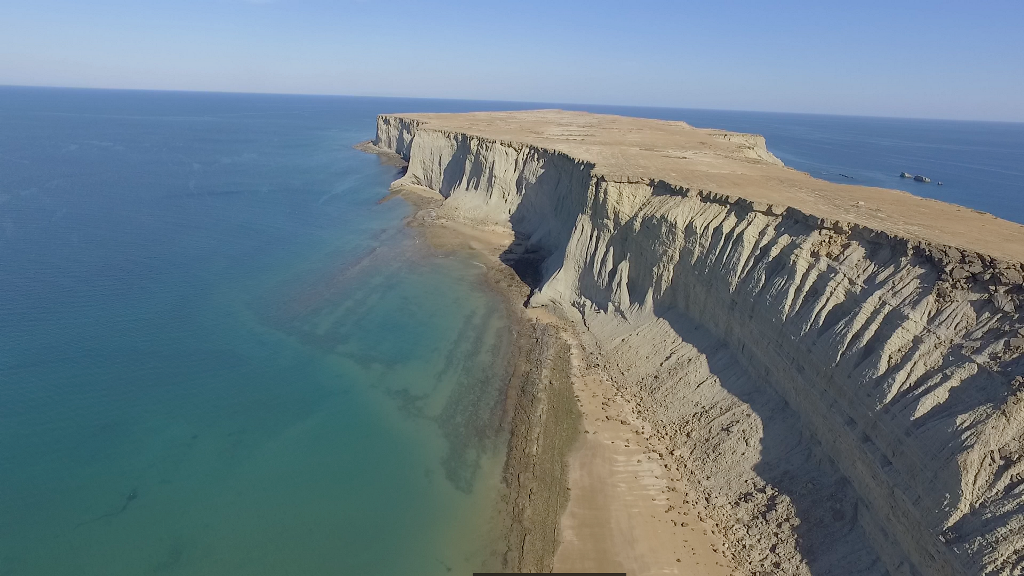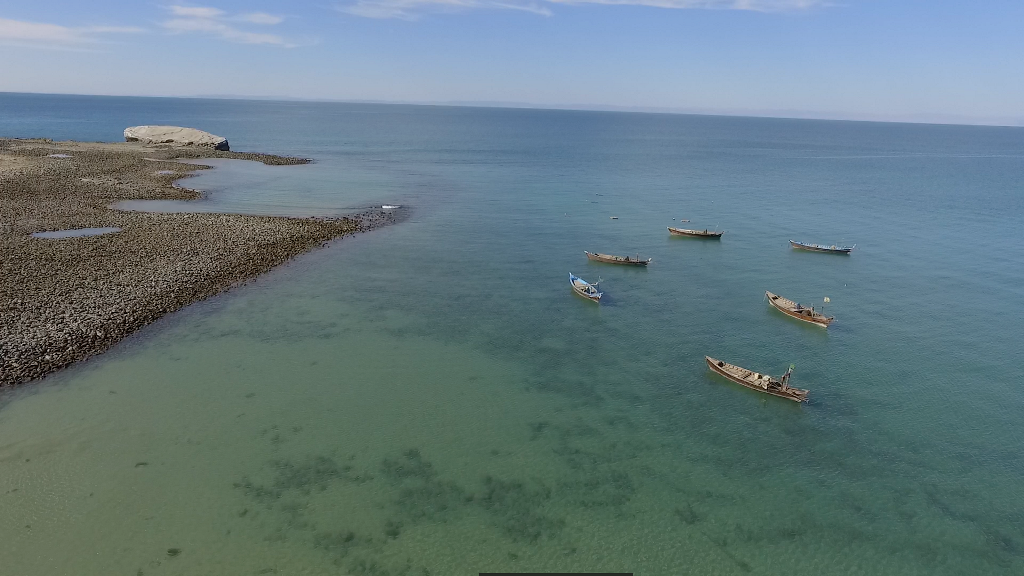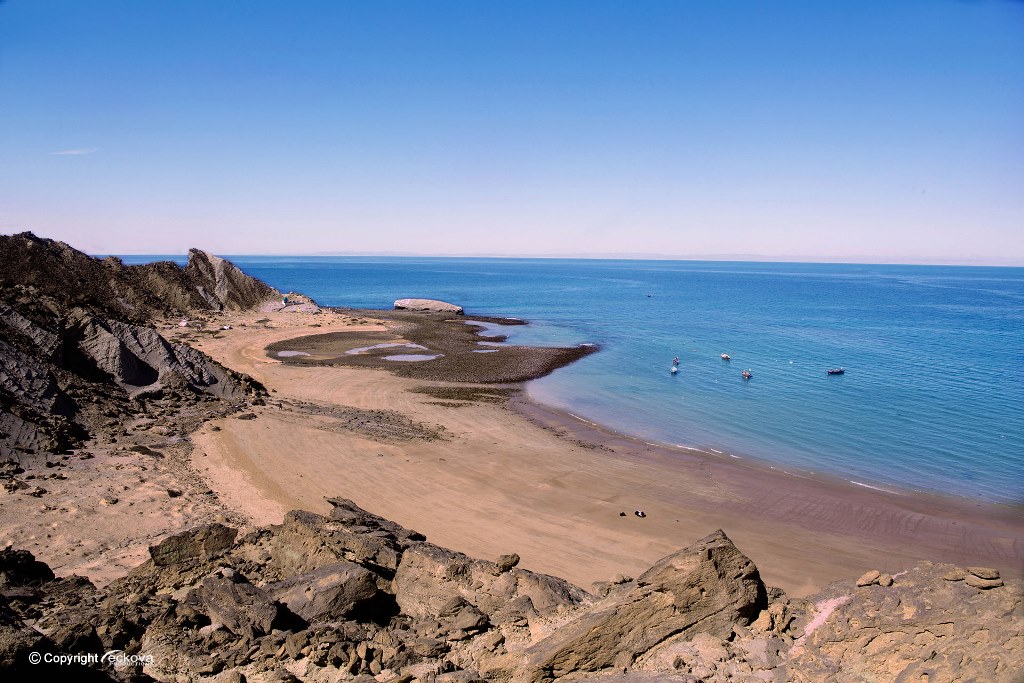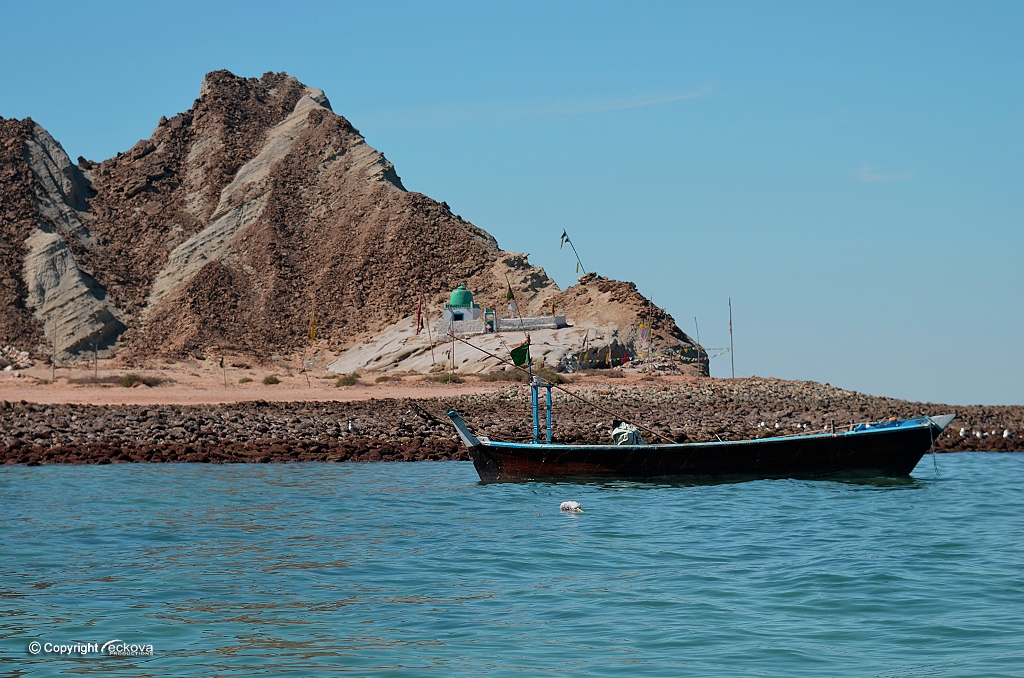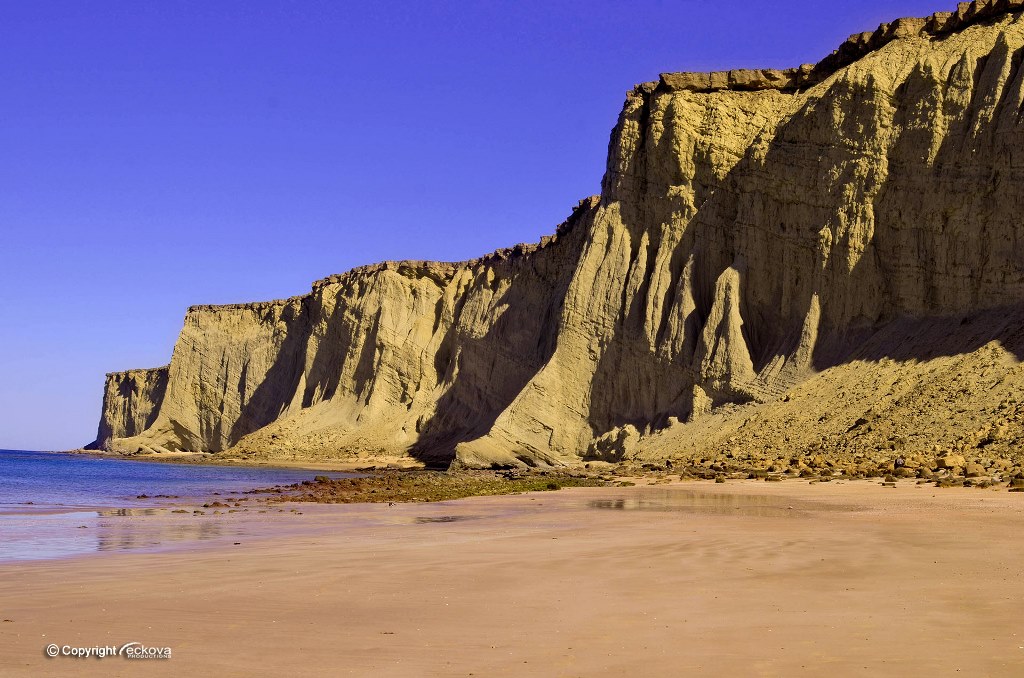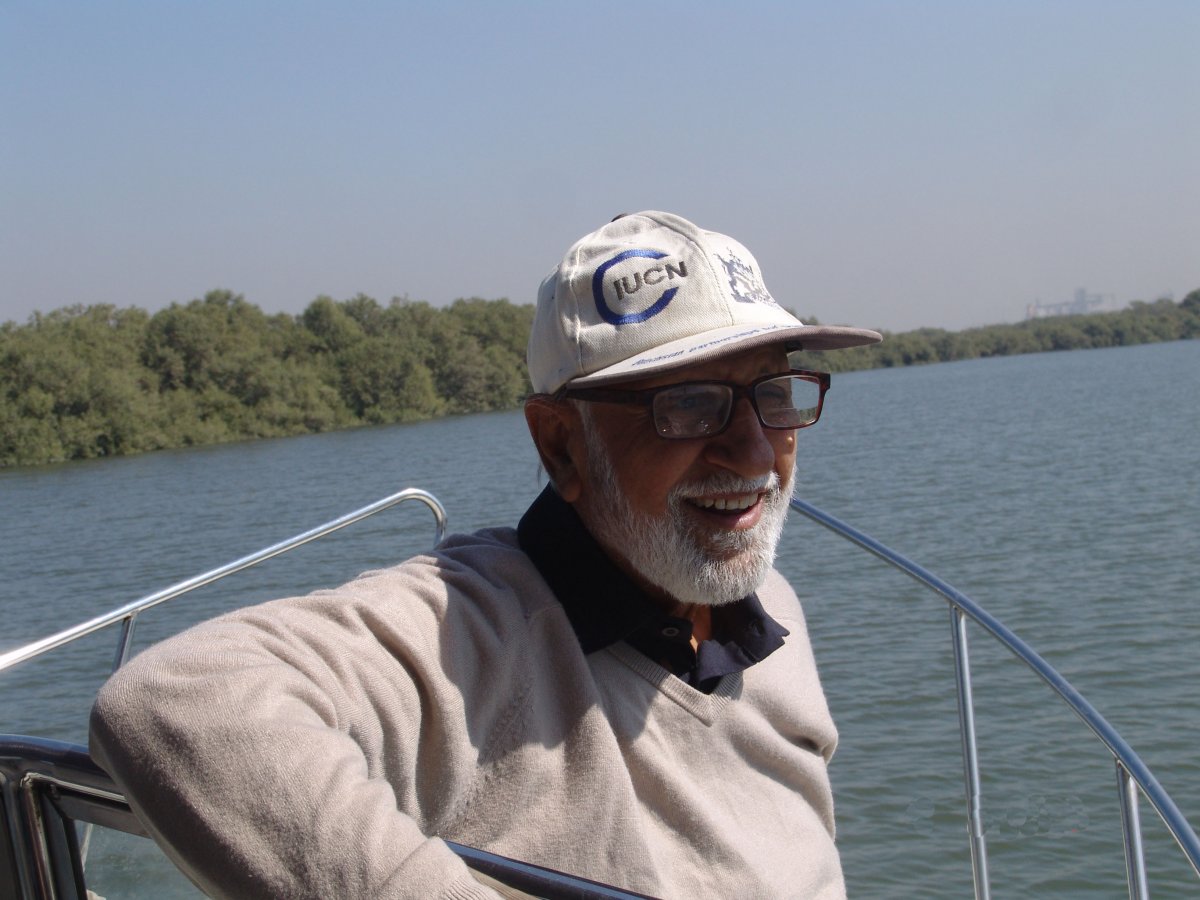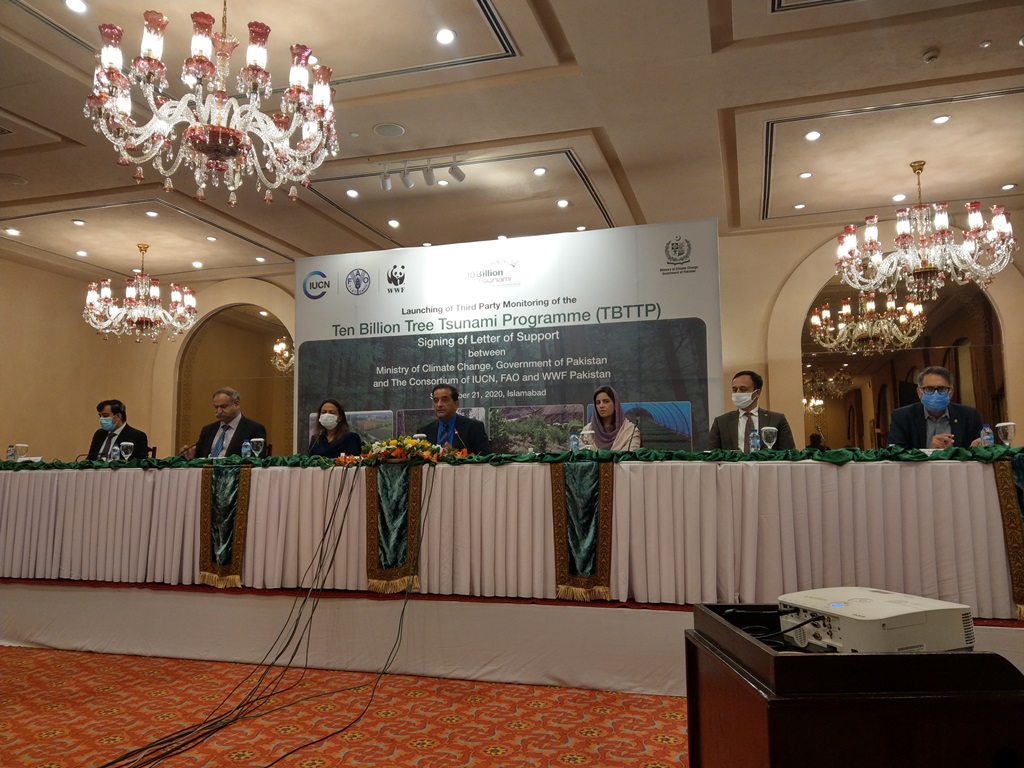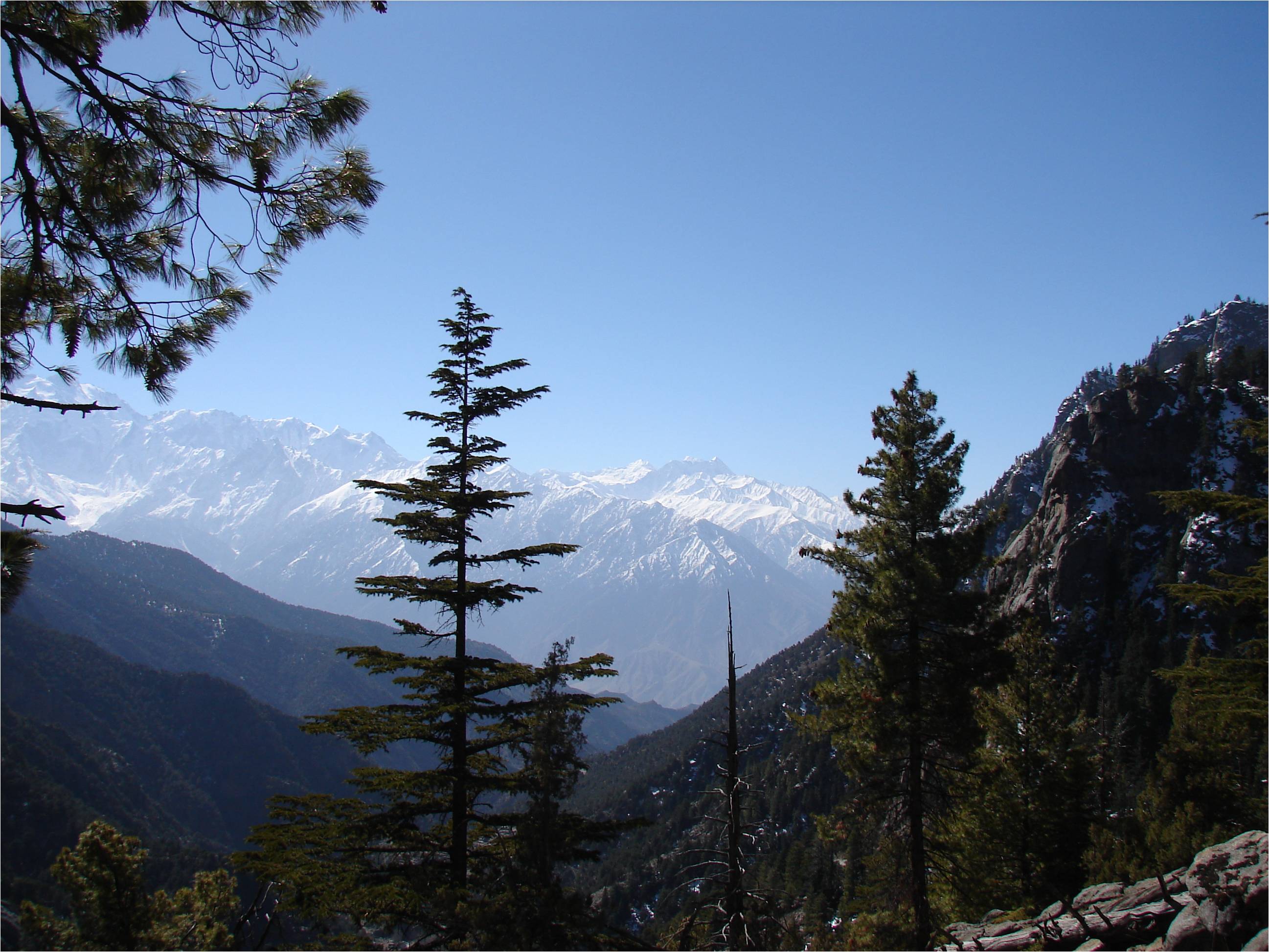Astola Island as a Marine Protected Area: Next steps after IUCN World Conservation Congress 2016
Located approximately 25 km off the coast of Balochistan province, Astola is Pakistan’s largest offshore island. Also known as “Jezira Haft Talar” (Island of the Seven Hills) due to the small, rocky mountains that span the 6.7 km2 island, this scenic spot has all the hallmarks of a tourist getaway – sandy beaches, clear waters, and the sort of variety of marine life often found tucked away in remote and pristine corners of the world. The otherwise uninhabited island has only two man-made structures – an old lighthouse built by the government in 1982 (which has since been replaced by a solar-powered one), and a small mosque.
The island is also ecologically important. Its beaches are a nesting ground for the endangered green turtle (Chelonia mydas) and hawksbill turtle (Eretmochelys imbracata), while also supporting a large variety of water birds such as coursers, gulls, and plovers. The Astola saw-scaled viper (Echis carinatus astolae) is also endemic to the island. While treeless, due to the absence of a fresh water source, the island’s vegetation consists of scrubs and large bushes. The island’s marine ecology supports a variety of corals, creating a breeding ground for a vast range of marine species.
Given its significance, it is proposed that Astola be declared a Marine Protected Area (MPA) by the Government of Pakistan. This proposal was taken forward by an IUCN Member, Indus Earth Trust, with support from other IUCN Members in Pakistan, at the IUCN World Conservation Congress 2016 in Hawai’i through a motion. The motion was voted upon by a large number of IUCN Members at the Congress and subsequently adopted as Resolution 052. The proposal was made in response to increasing recognition that fishing communities in the vicinity now pose a threat to the island’s terrestrial and marine resources.
Fish stocks are gradually being depleted as large trawlers operate in the area. Feral cats, introduced by fishermen during their brief stopovers to the island to reduce the rodent population there, now pose a threat to wildlife breeding grounds. Furthermore, while the island has great potential for promoting nature-based eco-tourism and conducting conservation research, such activities must be regulated if the island’s natural resources and aesthetic beauty are to be preserved. IUCN’s role will be to assist with the technical methodology for establishing such an area.
An MPA restricts human activity for conservation purposes to protect natural or cultural resources. Given these restrictions, and the fact that local communities depend, at least partly, on the island’s marine resources for their livelihoods, an alternative could be to have the island declared a biosphere reserve, which has relatively less stringent rules when it comes to the use of natural resources within the designated area.
Assuming Astola is to be declared an MPA, getting local communities and stakeholders on board is vital. Without their support, and their recognition that the MPA will ultimately benefit them in the long term, such an exercise is pointless.
Meanwhile, Mangroves for the Future (MFF) Pakistan is working with its National Coordinating Body (NCB) to support the process of establishing an MPA. One of the activities includes undertaking a situational analysis of the island in collaboration with the Pakistan Navy.
If the government agrees to take the proposal forward, Astola will officially be Pakistan’s first marine protected area. Further progress will be sought at the end of March 2017, when a workshop will be held with the dual aim of facilitating discussions on whether an MPA or a biosphere reserve is a more appropriate option, and sensitizing local stakeholders about the importance of preserving the island and its rich biodiversity.
